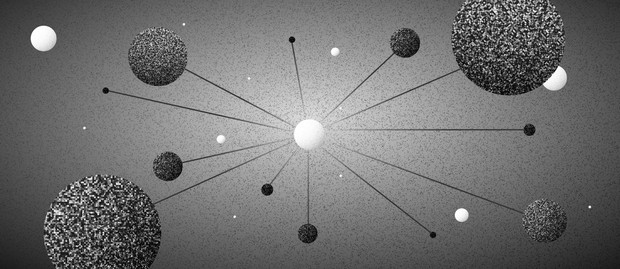Non-fungible tokens (NFTs) are new digital assets based on blockchain technology that recently have exploded in popularity, with collectors spending millions of dollars on digital artworks. While they enable collectors to verify the provenance and authenticity of assets, NFTs still exist in the digital realm, presenting individuals with challenges and threats not only relevant to traditional art collecting but also more specific to the virtual landscape. Moreover, being in its early stages of development, the NFT market may lack means, such as governmental regulations to enforce security measures, protect intellectual property, and punish criminals.
technical Articles
6 min read
8 min read
Since 2014, when NFTs, also known as non-fungible tokens, first emerged on the digital landscape, these unique digital assets have gradually established themselves as a valuable investment opportunity. By providing a blockchain-based transaction ledger, a unique item linked to the token, and immutable proof of ownership on it, they have revolutionized the way organizations engage their audience in various areas, including art collecting.
7 min read
While the hype around NFTs may not be as significant as it was a few years ago, these digital assets can still generate thousands, or even hundreds of thousands, of dollars in extra revenue for their creators. This trend is particularly evident in the art industry, which embraced NFTs after the initial backlash decreased, allowing the community to fully realize their true potential.
April 18, 2024

6 min read
Since their emergence, galleries have assisted creators in gaining recognition among potential clients, protecting intellectual property rights, and facilitating deals with collectors. However, with the rise of the digital era, galleries were forced to upgrade their infrastructure in the face of new challenges, although their main objectives remained almost unchanged.
7 min read
Since their inception, non-fungible tokens (NFTs) have gradually become widely accepted assets by both the general public and specialized institutions in various industries. Moreover, the valuable features and accessibility of art NFTs ensured their adoption in the art industry and revolutionized the way masterpieces are created, bought, sold, collected, stored, and showcased. As a result, they are exhibited not only on digital platforms like Digitised.Art but also at famous art events or museums dedicated specifically to art NFTs.
8 min read
Since their emergence, non-fungible tokens (NFTs) have become a source of concern for many galleries and artists over their intellectual property. As with any new technology, there were no regulations to effectively oversee the market, which made it more susceptible to fraudulent activities.
7 min read
Non-fungible tokens, or NFTs for short, are a relatively new class of digital assets. Powered by blockchain capabilities, NFTs can be transparently and securely linked to a painting, photo, statue, or any other exhibit, providing owners with a diverse range of potential utilities and immutable provenance. As a result, they empower organizations such as art institutions to monetize their physical property and harness the benefits of the digital realm.
7 min read
NFT, short for Non-Fungible Token, is a unique asset that can help organizations and individuals represent ownership over specific items in a digital realm. Unlike cryptocurrencies, NFTs cannot be exchanged on a one-to-one basis. Instead, they are one-of-a-kind assets that revolutionize the way people engage digital content by utilizing blockchain technology to record ownership and provide new monetization opportunities for owners.
6 min read
NFT, or non-fungible token, is a digital asset representing ownership or proof of authenticity of a unique item, like an artwork, on a blockchain. Each NFT provides a transparent and immutable record of ownership and helps creators monetize their digital works. At the same time, collectors can purchase these unique digital assets in a secure and decentralized manner.
6 min read
How to Turn Physical Art into a Digital Asset with NFTs








